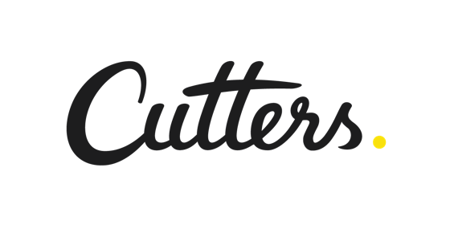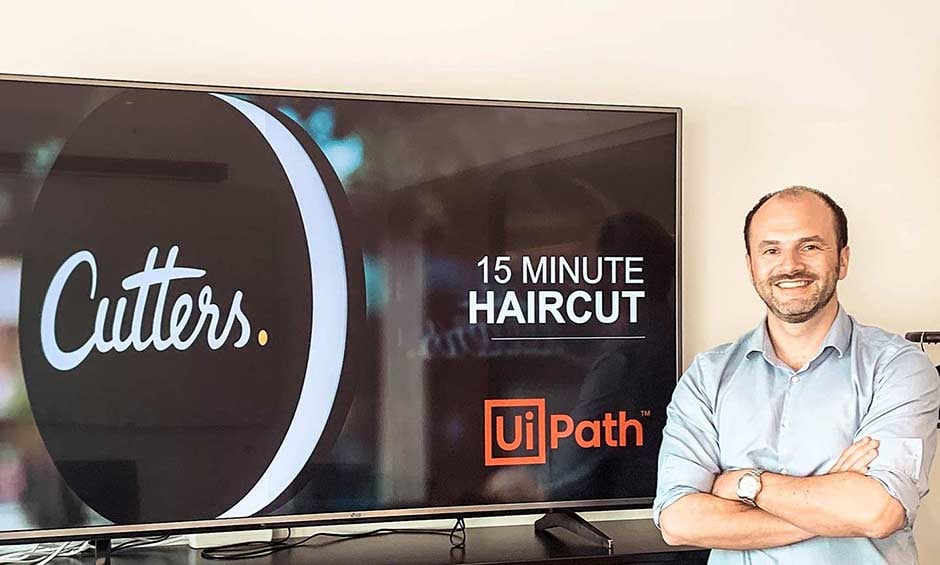
Client:Cutters
Industry:Retail
Region:Europe
Cutters Salon Bolsters Its Rapid Business Expansion Plans Through RPA

6-10 min
Reduced scheduling time from two hours manually per salon, to 6-10 minutes with RPA. Currently 82 salons, and still growing fast.
10
processes automated so far, in-house methodology allows for max 2 weeks of development time from identification to a fully automated process.
~100
Communicates with around 100 customers daily by utilizing Customer analytics
Client Overview
Cutters is a Norway-based salon chain
Norway-based salon chain Cutters was seeing explosive growth with plans for further expansion. The company was relatively new but planned to scale to more than 200 locations within five years. The startup and digital business needed a solution that could add capacity, boost accuracy and efficiency, while enabling the path of rapid business growth.
When its first salon location opened in 2015, Cutters managers knew that their business model would shake up the entire industry. As Chief Digital Officer Bård Strøm explained, Cutters' business is hairdressing, or haircutting, a very traditional industry which has seen minimal disruption. Before Cutters entered the market, hair salon customers had basically two choices for their salon experience: an expensive luxury haircut, or a cost-effective, simpler experience.
The business model of Cutters, on the other hand, is 15 minutes of quality haircuts to a fixed low price. The challenge was keeping the business scalable. "You can try to add as many hairdressers as possible, limit the amount of staffing, of administration, of management; but once you get up to 20 or 30 salons, you start running to a scaling problem if you're not efficient" according to Strøm. Quickly realizing that the fast pace at which the company was growing needed to be met with the appropriate resources in terms of capacity and quick results, Strøm knew that automation was the only way to success. His experience at one of the top four audit and financial advisory firms made him familiar with the UiPath Platform. However, in the Cutters business model, instead of robots automating tasks previously performed by humans, the processes here are designed for automation from the very beginning.

Confidence in RPA: skipping the proof of concept
One of the first processes Strøm, and the team identified for automation was their staff scheduling. According to their innovative business model, Strøm and the Cutters team had to ensure accuracy and efficiency in their salon staffing.
Even ahead of introducing RPA, the staffing process at Cutters was already advanced. The company had developed a proprietary algorithm trained on historical number of haircuts to get the best sense of how many employees were needed during each shift every day.
However, when it came to creating the actual schedule, things weren't quite as progressive. While the predictive algorithm was powerful and critical in guiding Cutters operations, it still required manual work on the part of staffing managers to pull the necessary data and create the staff schedule. The result was a multitude of Excel spreadsheets for staff scheduling management across salon locations, and these were prone to human error. "If managers added inaccurate shifts, it becomes less optimal, and we actually lose money," Strøm explained. "Either we are understaffed, or we are overstaffed. Either case is bad."
For us, it's really about scale by adding capacity fast. It's about keeping us in business. We wouldn't be in a position to invest well without RPA and UiPath.
Bård Strøm • Chief Digital Officer - Cutters
With this initial ideal process identified for automation, Strøm and his team also had to consider their time limitations—with such vast expansion planned over the next months and years, Strøm didn't have time to wait for a proof of concept. "For us, it's really about scale by adding capacity fast. It's about keeping us in business. We wouldn't be in a position to invest well without RPA and UiPath."
Automated reporting supports actionable improvements
In addition to automating its staff scheduling, Strøm and the team identified six more production processes, and three on-demand workloads for automation. One of these processes involves the automation of key reporting for management decisions where reports include data from several different sources.
Previously, managers needed to log into a multitude of disparate systems to view metrics like the number of hours employees worked at each location, the number of haircuts completed each day, and more. Now, all the manual steps involved in logging into and pulling the data from these different systems and combining it together within one managerial report is completely automated. "All the key numbers are presented every morning," Strøm said. "And it's added from all these different sources. It tells us what we can expect for the coming days so that data is actionable. After we've done this type of reporting, we have the ability to move and act, because we can see any deviations faster."
A very popular robot: Edward Scissorhands
Despite not completing a proof of concept ahead of their first RPA initiative, Strøm and the team found RPA to be very successful within their startup business. RPA has been integrated into Cutters other advanced infrastructure, creating a seamless and pivotal IT infrastructure for the international growing business.
RPA is helping us to do a lot of things — it's helping us keep track of the right things and take the right corrective actions. It's our go-to strategy in adding capacity to our fast-scaling organization.
Bård Strøm • Chief Digital Officer - Cutters
"We call the software robot Edward, as in Edward Scissorhands," Strøm said. "He's a very popular person—or robot—in our organization. Our chatbot is also called Edward, so basically, Edwards is the name of all automation initiatives we do. From an employee point of view, it's an experience that works together."
Thanks to automation for scheduling managers across Cutters salons are experiencing considerably higher accuracy. And as inaccurate scheduling can really cut into the business' bottom line, the ability to reduce risks of over or under-staffing are considerably impactful for Strøm.
"RPA is helping us to do a lot of things," Strøm said. "It's helping us keep track of the right things and take the right corrective actions. It's our go-to strategy in adding capacity to our fast-scaling organization."
International market expansion and automating management operations
One of the reasons RPA was so successful for Cutters is the fact that the business was digitally born and tech-savvy to begin with. This reduced struggles when it came to executive buy-in, since the company's model was already based on innovative and advanced concepts.

"We started out and we were born digital, so the premise for automation was already there," Strøm said. "That's the thing-there's no transformation in it. We're not moving from one condition to another-we're just always moving to a new condition as we go. Our hairdressers working in our salons are used to changes all the time, and are pretty fast to grasp."
From here, Strøm and the team plan to leverage RPA to enable the business' continued expansion. The company has its eye on a goal of opening 200 salons by 2020, half of which will be established outside of Norway.
"Growth is so rapid in the international markets that we need to have automation in place," Strøm said.
In fact, Strøm and the team have plans to automate much of the organization's operations management so that tasks can take place automatically and managers can turn their attention to special situations that call for their intervention. To meet the rapid growth, Cutters needed to establish an in-house methodology for automation-no process should take more than two weeks-10 work days-to implement from identifying the need to a published process in Orchestrator. There is no time for proof-of-concepts, advanced ROI or vast process mapping. "If we have a good feeling about the process, we automate it quickly. If it didn't provide the desired outcome, we kill it", says Strøm.

"We keep working with the management or business processes to keep them automated, process by process, using the right tool each time," Strøm said. "We'll be able to move the entire management operation from operating the business to operating the exceptions. So the business would be run automatically, and the management would only handle exceptions."
Cutters' case shows that while RPA may appear to be an ideal initiative for older, more established businesses and not necessarily startups, Strøm wants organizations to know that this is not the case.
"The impact for a startup organization like us may be significantly higher than for a big incumbent organization," Strøm explained. "For us, it's really about scale. It's about keeping us in business. We wouldn't be in a position to invest well without RPA and UiPath."
Related case studies
Ready for your own case study?
Speak to our team of knowledgeable experts and learn how you can benefit from RPA.






